
In 2020, Apple unveiled the iPhone 12 Pro and iPhone 12 Pro Max as the successors to the popular iPhone 11 Pro and iPhone 11 Pro Max, with a new squared-off industrial design, the A14 Bionic chip, a LiDAR Scanner, and MagSafe. As Apple's premium flagship offerings from 2020, the iPhone 12 Pro and iPhone 12 Pro Max were the most fully-featured iPhones available until the launch of the iPhone 13 Pro and iPhone 13 Pro Max.
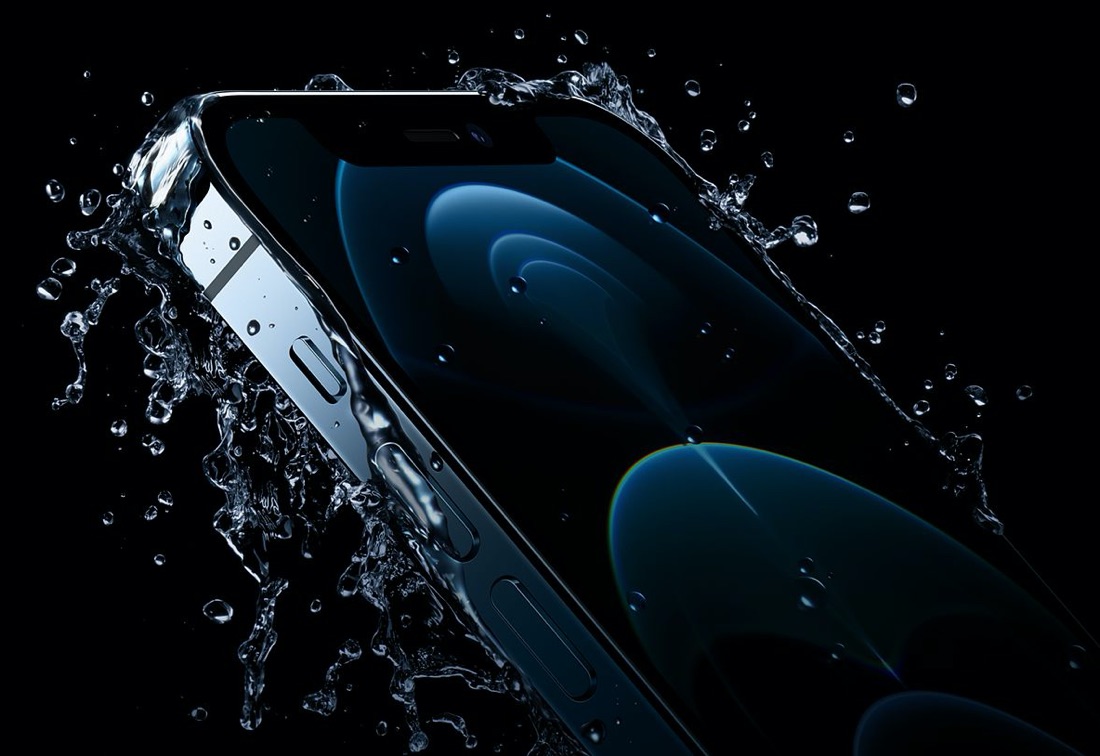
The iPhone 12 Pro started at $999 and the iPhone 12 Pro Max started at $1,099, and while Apple has now discontinued them, customers may still find them available for much lower prices from third-party stores. Although the two phones share the vast majority of features, there are actually a number of differences between the devices besides just screen size. Our guide highlights the differences between the iPhone 12 Pro and 12 Pro Max, and helps to answer the question of how to decide which of these two iPhones is best for you.
Comparing the iPhone 12 Pro and the iPhone 12 Pro Max
The iPhone 12 Pro and iPhone 12 Pro Max share virtually all of the same key features. Both phones have the same OLED Super Retina XDR display technology, A14 Bionic processor, 5G connectivity, a "pro" camera setup with 12MP Ultra Wide, Wide, and Telephoto lenses, LiDAR Scanner, and are available in the same colors. More interesting is where the two devices differ.
Differences
iPhone 12 Pro
- 6.1-inch OLED Super Retina XDR display with 2532-by-1170-pixel resolution
- Telephoto lens with ƒ/2.0 aperture
- 2x optical zoom in, 2x optical zoom out; 4x optical zoom range
- Digital zoom up to 10x
- Dual optical image stabilization
- Battery life with 17 hours of video playback
- Weight of 6.66 ounces (189 grams)
- Originally priced at $999, $1099, $1299 for 128GB/256GB/512GB
iPhone 12 pro Max
- 6.7-inch OLED Super Retina XDR display with 2778-by-1284-pixel resolution
- Telephoto lens with ƒ/2.2 aperture
- 2.5x optical zoom in, 2x optical zoom out; 5x optical zoom range
- Digital zoom up to 12x
- Sensor-shift optical image stabilization
- Battery life with 20 hours of video playback
- Weight of 8.03 ounces (228 grams)
- Originally priced at $1099, $1199, $1399 for 128GB/256GB/512GB
Aside from physical size, Apple has added a few more camera improvements into the Max. Read on for a closer look at each of these aspects, and see where exactly the iPhone 12 Pro contrasts with its larger sibling.
Display Size
The most noticeable difference between the iPhone 12 Pro and iPhone 12 Pro Max is the display size. The iPhone 12 Pro has a size of 6.1 inches, and the 12 Pro Max has a size of 6.7 inches. This means that the larger phone will be able to display more content, with the UI elements of apps spaced further apart, and items such as the keyboard will be much bigger. The smaller phone, however, will be much more pocketable and easy to use with one hand.
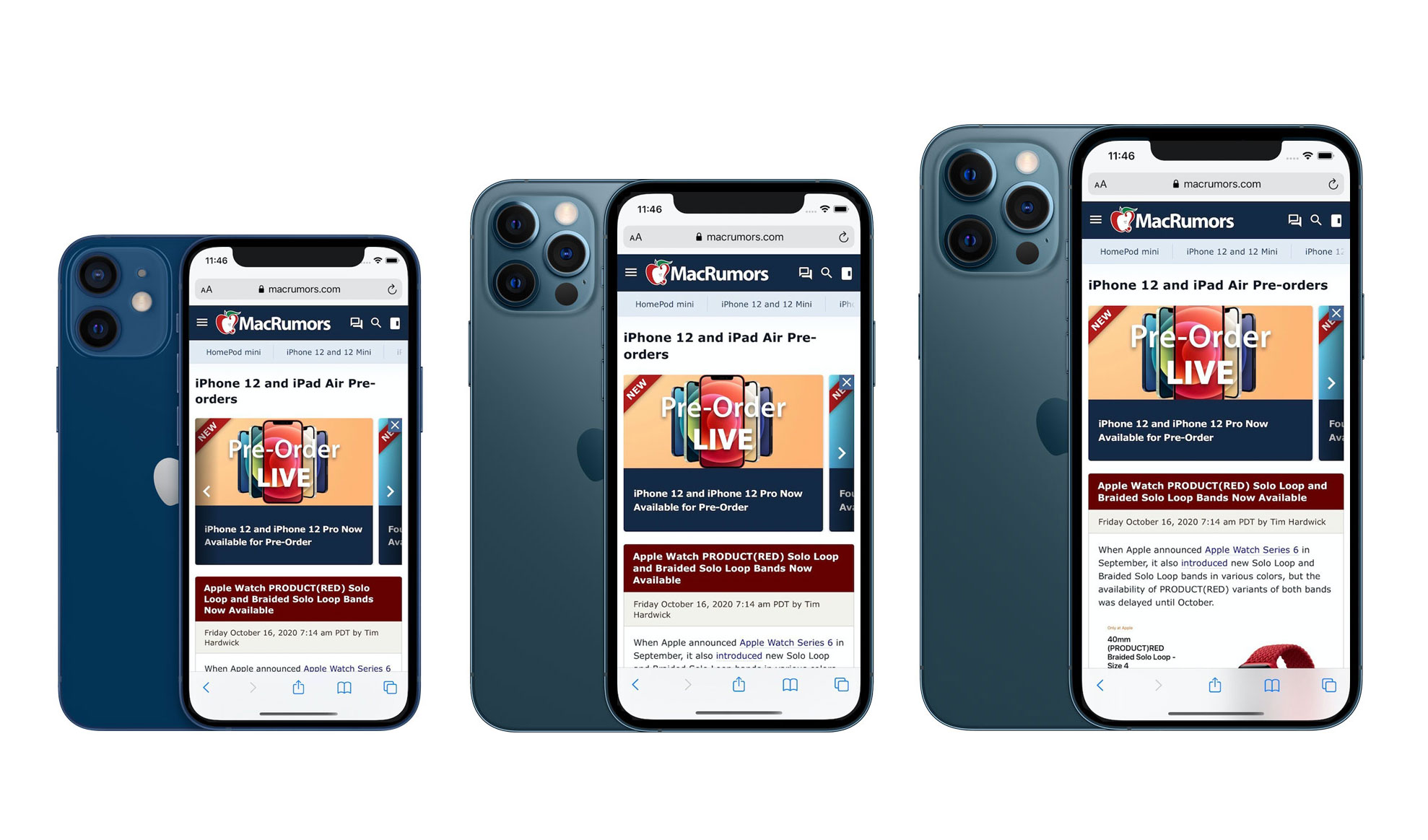
iPhone 12 mini vs 12 Pro vs 12 Pro Max screen sizes in Xcode.Ad-free MacRumors subscription available here.
The displays themselves use the exact same technologies and have the same features, but the main reason to prefer the iPhone 12 Pro will be because of its better fit in the hand and easier one-handed use. Likewise, those that prefer a larger display, to the point that it may begin to cannibalize the 7.9-inch iPad mini, will clearly prefer the iPhone 12 Pro Max.
Dimensions and Weight
As a smaller phone, the iPhone 12 Pro obviously has a lesser height and width than the iPhone 12 Pro Max. The iPhone 12 Pro is 14.1mm shorter and 6.6mm narrower than the iPhone 12 Pro Max. However, both phones have the same thickness of 7.4mm. The iPhone 12 Pro is also 39 grams (1.38 ounces) lighter than its larger counterpart, at just 189 grams (6.66 ounces) in total.
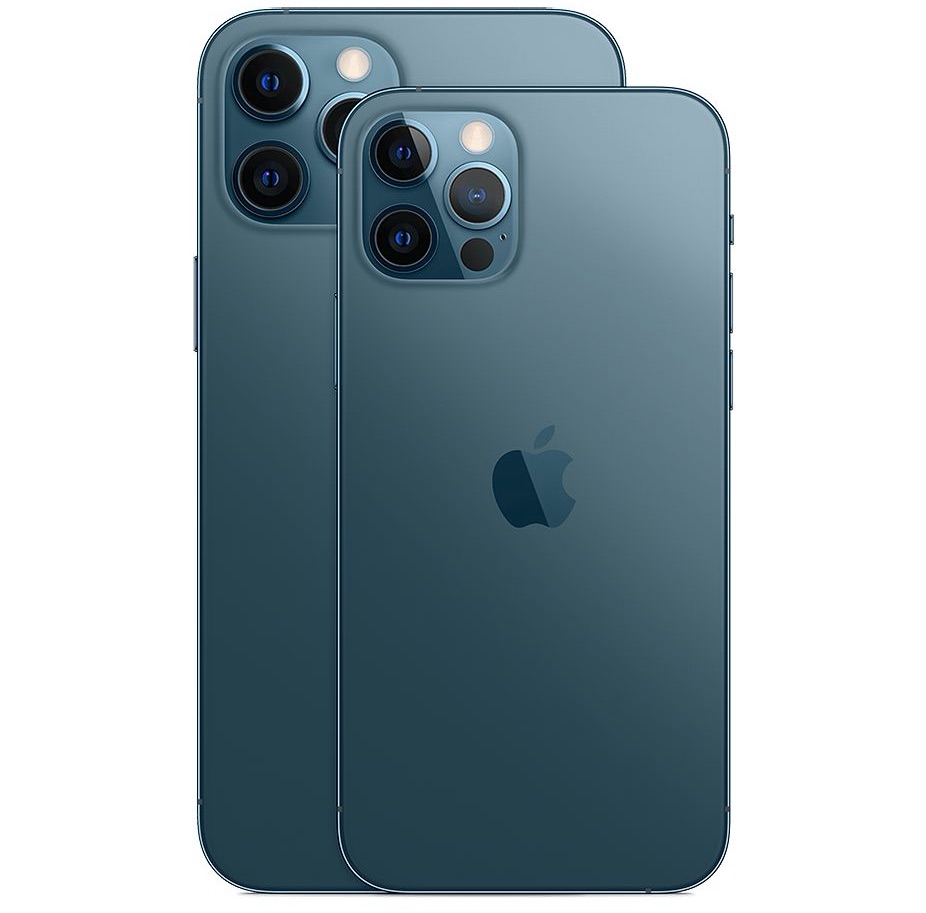
Cameras
The camera is another key area of separation between the devices. The two iPhones have very similar rear camera arrays, with three 12MP cameras, including an Ultra Wide, Wide, and Telephoto, and a LiDAR Scanner, and many of the same software features, such as Smart HDR 3, Night mode, Deep Fusion, and Apple ProRAW. However, the larger size of the 12 Pro Max has allowed Apple to add three additional camera features.
The Wide camera of the iPhone 12 Pro Max features a 47 percent larger sensor with bigger pixels, which lets in a lot more light than the Wide-angle camera of the iPhone 12. Low-light photos taken with the iPhone 12 Pro Max are 87 percent better, according to Apple, with images also featuring more detail and better color.
The Telephoto lens on the iPhone 12 Pro has an f/2.0 aperture while the Telephoto lens of the iPhone 12 Pro Max has an f/2.2 aperture, but the iPhone 12 Pro Max has a 65mm focal length and 2.5x zoom lens that is superior to the 52mm focal length and 2x zoom lens in the iPhone 12 Pro, allowing for a 5x optical zoom range.
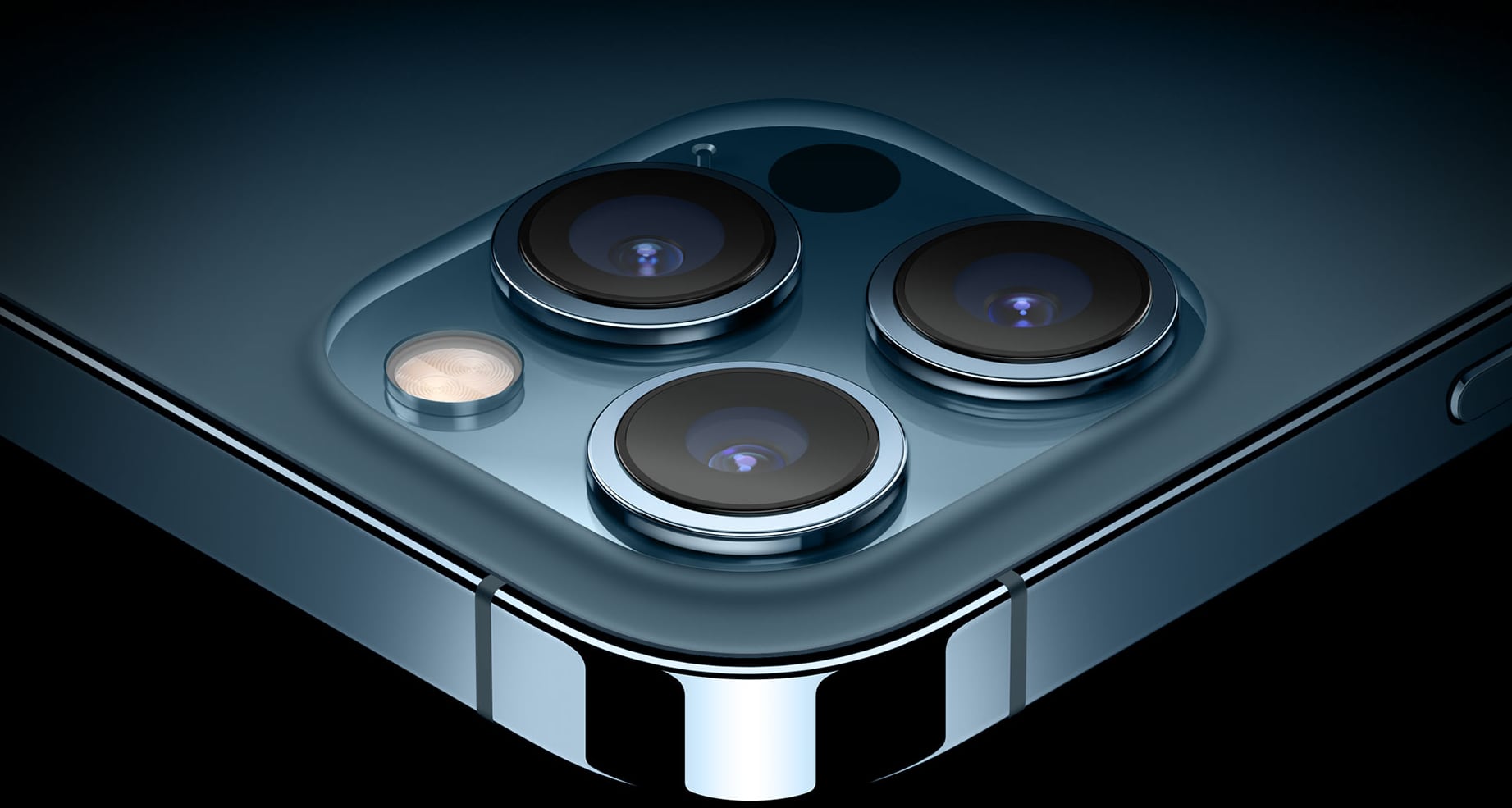
The iPhone 12 Pro Max also has sensor-shift optical image stabilization on its Wide lens instead of lens-shift optical image stabilization. This means that the camera sensor moves to counteract shake, rather than the lens. The result is improved optical image stabilization.
Increased zoom in, better low-light performance, and sensor-shift optical image stabilization are noteworthy, if not especially groundbreaking, camera improvements. Nevertheless, if you heavily use your iPhone for photography and videography, the advancements on the 12 Pro Max will likely be appreciated.
Battery Life
The iPhone 12 Pro and 12 Pro Max also differ when it comes to battery life. The iPhone 12 Pro can deliver up to 17 hours of video playback, according to Apple. However, since the iPhone 12 Pro Max is much larger, it can accommodate a larger battery and therefore offer a longer battery life. This means that the iPhone 12 Pro Max can reportedly deliver up to 20 hours of video playback. Real-world battery life for both devices is likely to be lower than Apple's estimates, as mixed usage tends to be a bit heavier than video playback alone.

If battery life is a priority for you, the iPhone 12 Pro Max offers excellent battery life. If you choose to get the iPhone 12 Pro, it will still have a fair battery life, but it does not reach the capability of the 12 Pro Max.
Other iPhone Options
With an original a starting price of $999, if the iPhone 12 Pro is outside your comfortable spending range, you should definitely consider its cheaper counterpart, the iPhone 12 ($599/$699), or even the iPhone 11 ($499).
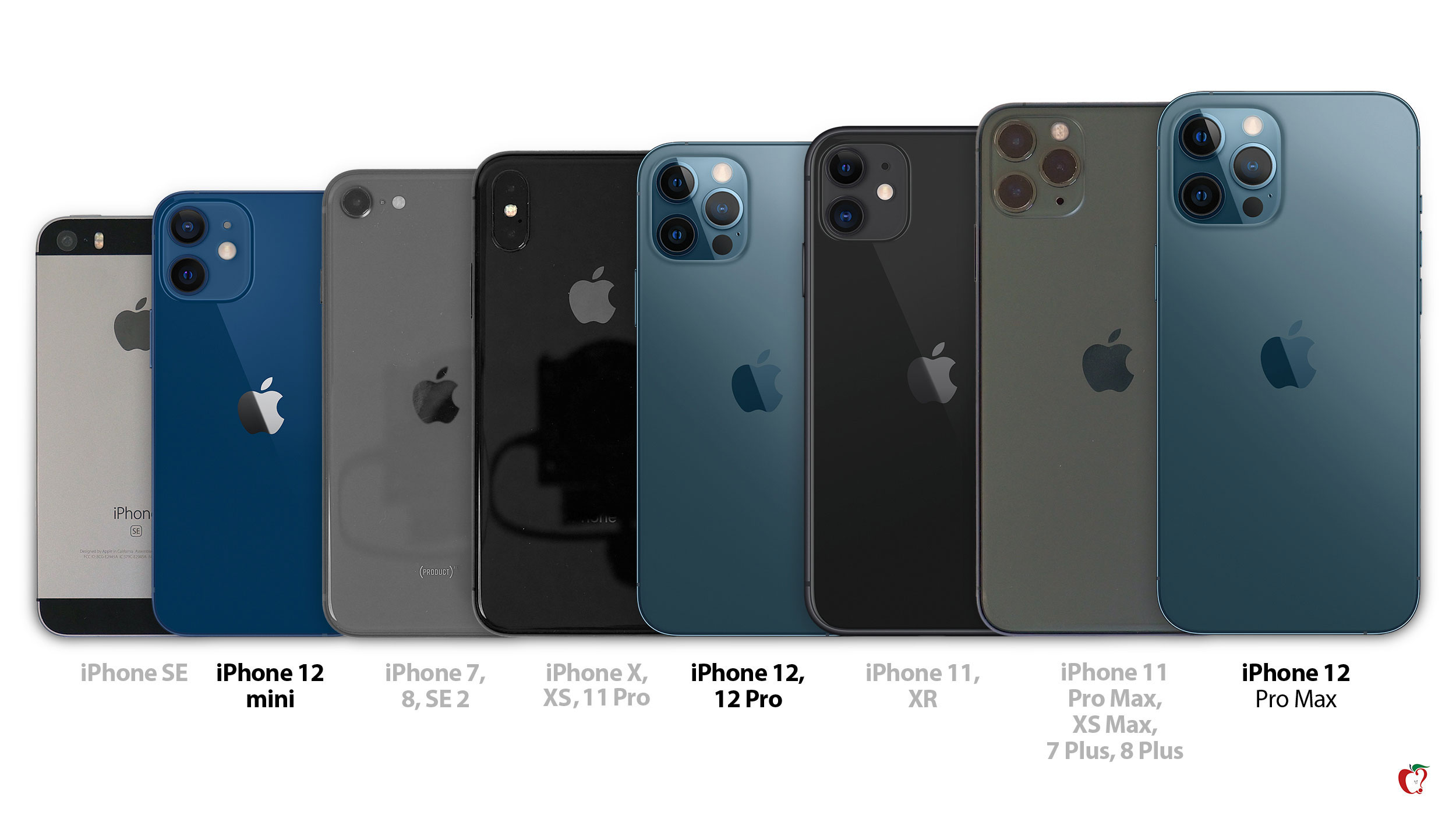
Final Thoughts
The most obvious decision point between the iPhone 12 Pro and iPhone 12 Pro Max falls comes down to screen size. The camera enhancements of the iPhone 12 Pro Max also make it the best iPhone for photography and videography. Likewise, heavy battery users will value the added capacity.
The iPhone 12 Pro Max represents the most you can get out of an iPhone in all areas, but that does not necessarily translate into a worthwhile purchase for all users. A large 6.7-inch phone is not for everyone. Some may consider the iPhone 12 Pro Max's size excessive or uncomfortably large, while others will love the larger display for consuming media.
Screen size is ultimately a matter of personal preference, and Apple offers the iPhone 12 and iPhone 12 Pro lineup in three different sizes to meet all users' needs. Since the iPhone 12 Pro and iPhone 12 Pro Max share almost all features except for some camera hardware, it comes down to individual taste. The added $100 in price seems a fair trade for the added size, battery life and camera features.
Article Link: iPhone 12 Pro vs. iPhone 12 Pro Max Buyer's Guide
Last edited:


